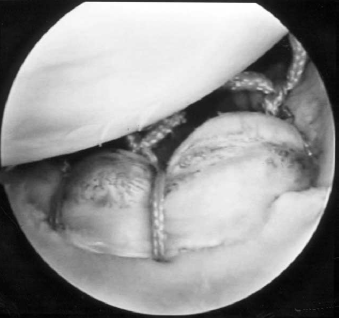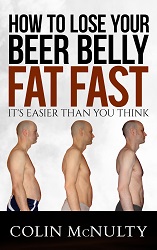Mikael Kornihkov, over at the CrossFit Message Boards has posted up a really interesting medical paper that details the results of an experiment on shoulder surgery patients, to determine whether it’s best to keep the shoulder immobilised for several weeks (as per current conventional thinking) or whether you should start exercising the day after shoulder repair surgery? For those without the patience to read a full medical report, here are the highlights:
The study was on 62 patients with a subtype of SLAP lesion: arthroscopic Bankart repair using suture anchors. Specifically addressing the following research questions:
- does early motion increase the recurrence rate of shoulder instability, and
- does an accelerated rehabilitation program promote functional return and decrease morbidity?
Exercise from the day after surgery
The accelerated rehabilitation program meant coming out of the sling during the day from the day after surgery and starting exercises e.g. day 1 was Pendulum with 10deg forward leaning. The patients were evaluated at 6 weeks and a final follow up evaluation at 2.5 years (on average).
The Results
Pain
At 6 weeks after surgery, patients who underwent the accelerated rehabilitation expressed significantly less pain than patients with conventional rehabilitation (P = .013) The pain scores at the final follow-up evaluation showed no significant difference between the 2 groups (P = .855).
Range of Motion
No significant difference was seen in range of motion at the final follow-up evaluation between the 2 groups. However, patients with the accelerated rehabilitation were faster in resuming 90% of the final range of external rotation (P = .001).
patients able to return faster to the previous activity
Return to Activity
No significant difference was seen in the status of activity return between the 2 groups at the final follow-up (P = .799). However, patients with accelerated rehabilitation were able to return faster to the previous activity (P = .001).
For reference, this is the protocol for the accelerated rehabilitation program:
Phase I: Protection phase (weeks 1-5)
Day 0: Rest with a sling, sleep in a sling for 2 weeks
Day 1: Pendulum with 10° forward leaning
Day 3:
- Submaximal isometric exercises
- Passive range-of-motion (PROM), Active assisted range-of-motion (AAROM) exercises to tolerance: Forward elevation and internal rotation (rope & pulley/bar)
Day 7: Forward elevation to 90°
Week 2:
- PROM and AAROM forward elevation to 90°, external rotation at side to 20°
- Isotonic internal rotation exercises: Arm at the side initiating at neutral rotation (light rubber band)
Week 3: PROM, AAROM forward elevation to tolerance, external rotation at 30° of abduction to 20°
Week 4:
- Permit full range of motion to tolerance, except extreme abduction and external rotation
- Isotonic strengthening exercises for external rotation at side and forward elevation
Week 5: External rotation at 90° of abduction to tolerance
Phase II: Dynamic strengthening phase (weeks 6-12)
Weeks 6-9:
- Continue range-of-motion exercises
- Isotonic dumbell exercises for internal and external rotator, deltoid, supraspinatus
- Diagonal strengthening (rubber band)
Weeks 10-12
- Tubing exercises in 90/90 position
- Isotonics for trunk muscles
Obviously this does not constitute medical advice, but I certainly intend on bringing this study to the attention of my Consultant and/or physiotherapist, if and when the NHS ever get their act in gear and sort out what’s happening with my shoulder!


